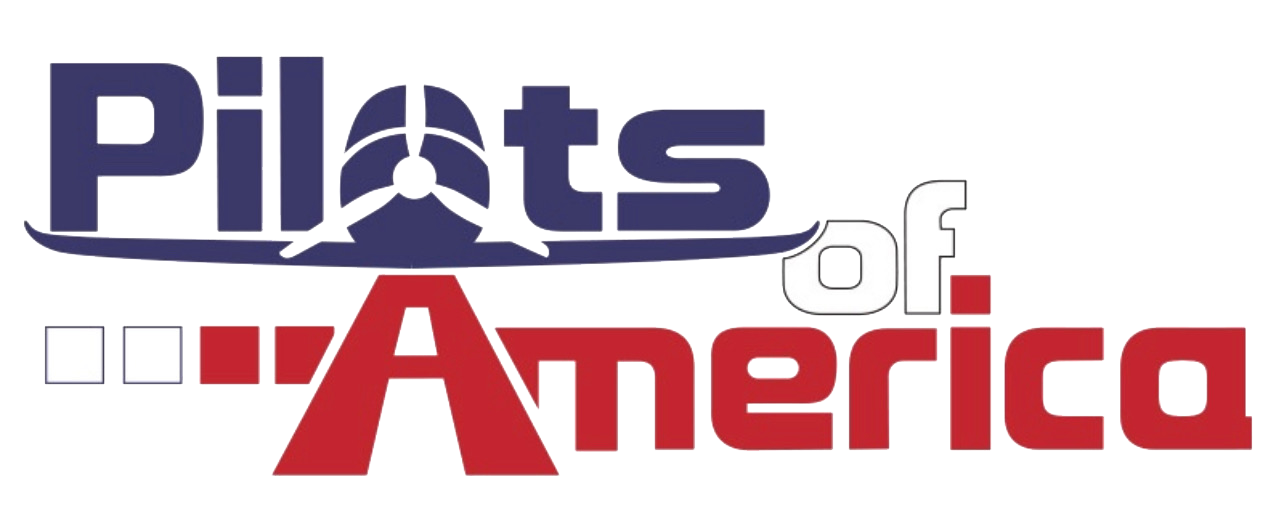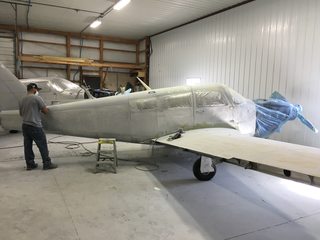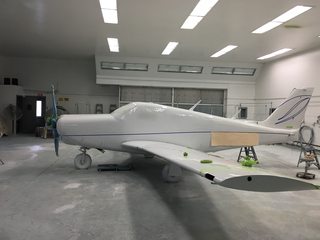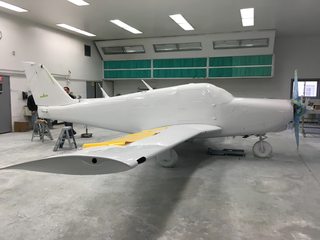You are using an out of date browser. It may not display this or other websites correctly.
You should upgrade or use an alternative browser.
You should upgrade or use an alternative browser.
In for paint
- Thread starter n9144p
- Start date
Caramon13
Pattern Altitude
What is that? Cherokee/Archer/Lance?
dell30rb
Final Approach
Looks like a comanche to me
Caramon13
Pattern Altitude
Well..if I'd just looked up the plane by the user ID  N9144P is a comanche
N9144P is a comanche 
GlennAB1
Ejection Handle Pulled
- Joined
- Oct 5, 2015
- Messages
- 4,889
- Location
- Home will always be Vandalia, OH
- Display Name
Display name:
GlennAB1
Bondo on an airplane. #shakinghead
n9144p
Pre-Flight
- Joined
- Sep 9, 2015
- Messages
- 82
- Display Name
Display name:
N9144P
I don't like bondo either. But Would you rather it was totally reskinned at a cost more than the airframe? Or the insurance company total it? They are replacing the movable surfaces Instead of repair. After sanding down almost all of the filler will be off and just result in a smooth surface again.
Last edited:
I don't like bondo either. But Would you rather it was totally reskinned at a cost more than the airframe? Or the insurance company total it? They are replacing the movable surfaces Instead of repair. After sanding down almost all of the filler will be off and just result in a smooth surface again.
I have seen 50 million dollar G-V's with bondo on the airframe...
bnt83
Final Approach
I have seen 50 million dollar G-V's with bondo on the airframe...
All jets have some filler somewhere.
They would look really silly if the space between inspection panels and the skin cutouts weren't filled with sealant (proseal or equivalent) and painted over too.
Last edited:
MickYoumans
Cleared for Takeoff
- Joined
- Jan 26, 2012
- Messages
- 1,334
- Location
- 2J5 / KBXG - Georgia
- Display Name
Display name:
MickYoumans
Congrats on getting a new paint job. I'll look forward to seeing your progress shots. I just had mine painted last October. There is nothing like new fresh paint on your airplane.
The hardest part for me was getting through the two month cure time before I could wax it. I have managed to wax it twice since then and it is slick as a baby's butt and shines like a new penny now.
The hardest part for me was getting through the two month cure time before I could wax it. I have managed to wax it twice since then and it is slick as a baby's butt and shines like a new penny now.
Tom-D
Taxi to Parking
- Joined
- Feb 23, 2005
- Messages
- 34,740
- Display Name
Display name:
Tom-D
The hardest part for me was getting through the two month cure time before I could wax it.
What paint system requires a 2 month wait for the first wax job?
What paint system requires a 2 month wait for the first wax job?
I used Imron..... They suggest NO waxing... and absolutely NO rubbing out with a compound..



Tom-D
Taxi to Parking
- Joined
- Feb 23, 2005
- Messages
- 34,740
- Display Name
Display name:
Tom-D
That's because it is the poorest paint system on the market, with a isocyanide hardener. WE quit using it prior to this century.I used Imron..... They suggest NO waxing... and absolutely NO rubbing out with a compound..
That's because it is the poorest paint system on the market, with a isocyanide hardener. WE quit using it prior to this century.
Too bad.....
Your loss......
I LOVE it...

denverpilot
Tied Down
How much weight do you think the bondo will add?
kyleb
Final Approach
- Joined
- Jun 13, 2008
- Messages
- 7,554
- Location
- Marietta, GA
- Display Name
Display name:
Drake the Outlaw
That's because it is the poorest paint system on the market, with a isocyanide hardener. WE quit using it prior to this century.
What do you use now, Tom?
Checkout_my_Six
Touchdown! Greaser!
me too....Too bad.....
Your loss......
I LOVE it...

mine is done in Imron.

GlennAB1
Ejection Handle Pulled
- Joined
- Oct 5, 2015
- Messages
- 4,889
- Location
- Home will always be Vandalia, OH
- Display Name
Display name:
GlennAB1
I don't like bondo either. But Would you rather it was totally reskinned at a cost more than the airframe? Or the insurance company total it? They are replacing the movable surfaces Instead of repair. After sanding down almost all of the filler will be off and just result in a smooth surface again.
Bondo isn't flexible. I've seen what it looks like when it pops off...
James331
Ejection Handle Pulled
- Joined
- Apr 18, 2014
- Messages
- 20,309
- Display Name
Display name:
James331
I'd be HIGHLY surprised if it was actually bondo, not even a shade tree auto body guy working in the back of a trailer park uses bondo anymore. There are some fillers which will outlast the sheet metal and do flex to some degree.
Fillers on a aircraft aren't new or bad or cheap, it's done on multi million dollar aircraft and at all painting facilities.
Fillers on a aircraft aren't new or bad or cheap, it's done on multi million dollar aircraft and at all painting facilities.
James331
Ejection Handle Pulled
- Joined
- Apr 18, 2014
- Messages
- 20,309
- Display Name
Display name:
James331
That's because it is the poorest paint system on the market, with a isocyanide hardener. WE quit using it prior to this century.
Some of the better methods of painting are not used due to EPA issues, not quality issues.
Volitation
Pre-takeoff checklist
I'm interested in hearing more about Imron vs. other systems, please.
Checkout_my_Six
Touchdown! Greaser!
I've had both epoxy enamel and Imron. Both are fine. The enamel needs more wax and care to hold luster.
timwinters
Ejection Handle Pulled
The main difference is other paints won't have nearly as mirrored of a finish after 14 years as Imron has.I'm interested in hearing more about Imron vs. other systems, please.
This shot was taken today. Plane was painted in 2002. Check out how reflective the paint is...and it hasn't been washed in six months:

Volitation
Pre-takeoff checklist
Q
Wow! What are the negatives?
The main difference is other paints won't have nearly as mirrored of a finish after 14 years as Imron has.
This shot was taken today. Plane was painted in 2002. Check out how reflective the paint is...and it hasn't been washed in six months:
View attachment 44239
Wow! What are the negatives?
timwinters
Ejection Handle Pulled
Q
Wow! What are the negatives?
I haven't found any in 14 years. It'll kill you if you spray it without a great respirator...so I'm told...but I don't spray.
Q
Wow! What are the negatives?
I have sprayed probably over 100 gallons in my life on all my race cars, race boats, street cars and trucks, street rods, custom choppers, machinery, etc etc...
Great paint, tough as nails, getting kinda expensive, EPA hates the stuff, I can expand if you want the details...
1RTK1
Pattern Altitude
If the EPA hates it then it must be good
Volitation
Pre-takeoff checklist
I have sprayed probably over 100 gallons in my life on all my race cars, race boats, street cars and trucks, street rods, custom choppers, machinery, etc etc...
Great paint, tough as nails, getting kinda expensive, EPA hates the stuff, I can expand if you want the details...
I'm trying to learn as much as I can about everything. Lol.
Imron is a polyurethane right?
kyleb
Final Approach
- Joined
- Jun 13, 2008
- Messages
- 7,554
- Location
- Marietta, GA
- Display Name
Display name:
Drake the Outlaw
Imron is a polyurethane right?
Yep. Most modern auto paints are catalyzed polyurethanes. Imron is just one of 100 formulations. It was probably the first catalyzed polyurethane to achieve commercial success, and despite many reformulations, the brand name still carries a punch.
Volitation
Pre-takeoff checklist
Looks great so far! Did they mask the tires or did you opt for whitewalls? 
MooneyDriver78
En-Route
- Joined
- Aug 13, 2013
- Messages
- 4,538
- Display Name
Display name:
Tom
How much paint (pints, gallons..) do they use?
Volitation
Pre-takeoff checklist
I like it! Serious question: Does the gear and in inside the wheel wells get the same paint? How do they clean and prep the hard to reach areas?"Looks great so far! Did they mask the tires or did you opt for whitewalls?"
I thought I would keep the white tape look
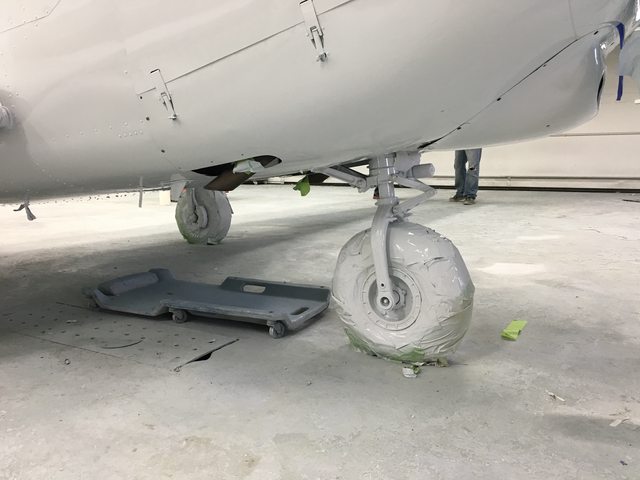
n9144p
Pre-Flight
- Joined
- Sep 9, 2015
- Messages
- 82
- Display Name
Display name:
N9144P
I don't know the total amount of paint used. Maybe when I get the bill??
They did strip the gear and wheel wells. I'm amazed at how much work that must have been but have to admit even I don't know how they managed all of it. I did see some of the detail work they had to do in other areas, and it is more than I think I could accomplish.

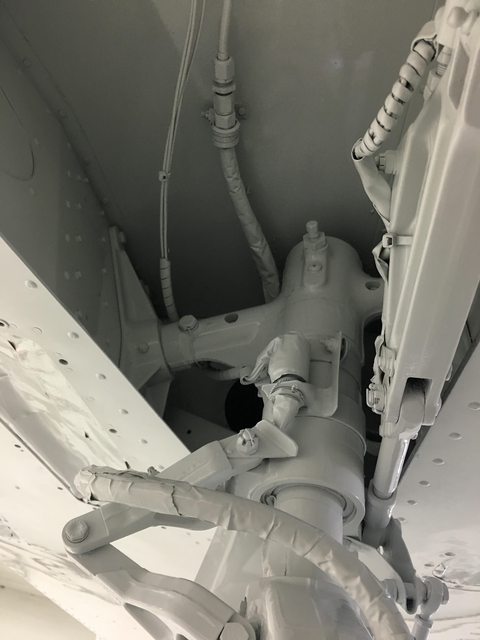
They did strip the gear and wheel wells. I'm amazed at how much work that must have been but have to admit even I don't know how they managed all of it. I did see some of the detail work they had to do in other areas, and it is more than I think I could accomplish.


Tom-D
Taxi to Parking
- Joined
- Feb 23, 2005
- Messages
- 34,740
- Display Name
Display name:
Tom-D
This is true,, and why Imron is no longer available to the public. The last time I tried to buy Imron I was told I must have an approval letter from EPA that stated I had a L&I approved vent system in my paint booth.Some of the better methods of painting are not used due to EPA issues, not quality issues.
